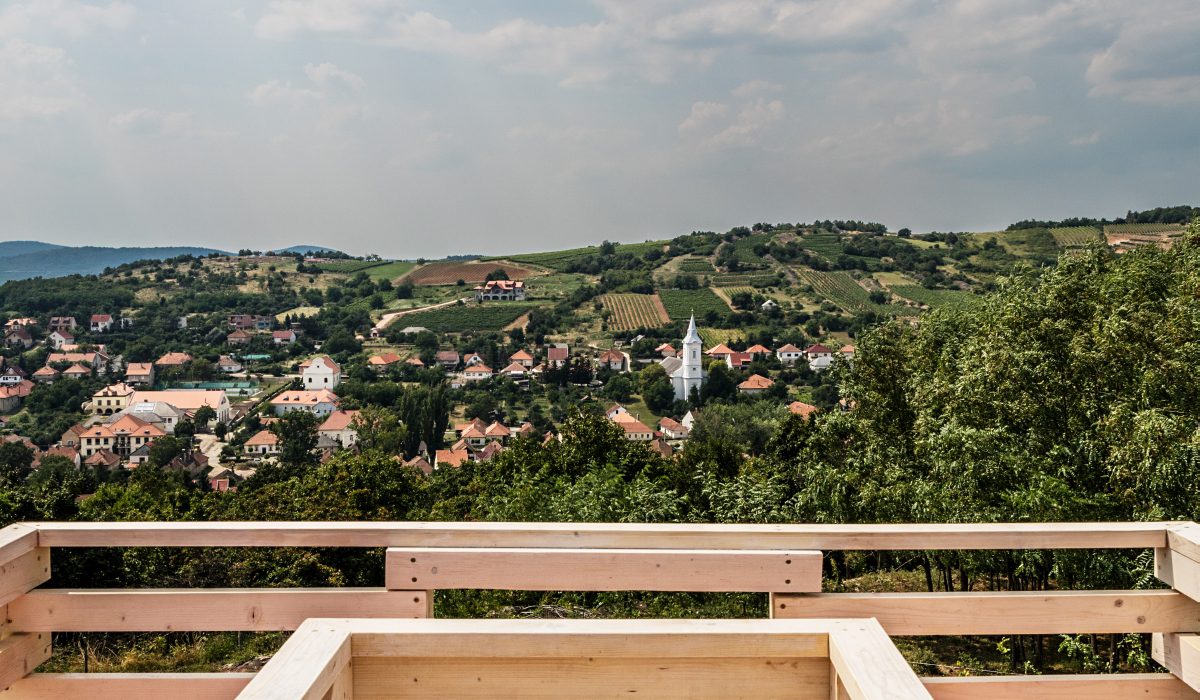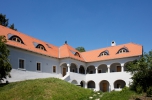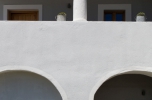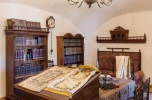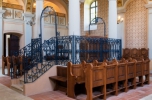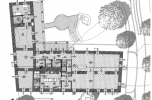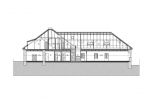Integral Continuity
Rabbi House, Mád
Architect: Zsolt Szécsi
Text: Tamás Kiss
Photos: Tamás Bujnovszky
Tokaj-Hegyalja is a region hiding cultural treasures of several centuries. Villages in this area have images closely intertwined with traditional viticulture and winemaking. This culture evolving from these landscape features and facilities has defined the everyday lives, arts and the character of the built environment of people living here. Carved into volcanic rocks, there is a row of cellars and houses with carved stone-framed openings and gates that suggest wealth. Jews arriving here in the early 17th century from Galicia to the village of Mád. According to some sources they had already had their prayer houses built as early as 1771. –Their Baroque style synagogue standing even today was built in 1795, and data proving the existence of a yeshiva date from the latter half of the 1800s. The school and the rabbi’s house are situated along the road leading from the synagogue eastward, nestling into the gently sloping hillside with a vertical shift as high as a residential level. The L-shaped three-storey house has saddle-roof with tiles, the walls feature cream-coloured plasterwork pierced with several small openings. The architectural character of the house is basically defined by the arcade-like eastern facade. The reconstruction of the rabbi’s house had some morals for us in the forms of the exemplary gestures rooted in the design concept. Commitment to the values of the past and a sensitive approach had the merit that there was no effort made to recreate the details and spaces about which there are only a few authentic information at our disposal even though the original conditions were restored authentically. Instead, they paid attention to the striking difference between the newly produced units meeting contemporary requirements with special regard to the spirit of the location so that they form integral parts of the organic history of the structure, which in turn serves as a guarantee for the survival of the building.
Architects: Zsolt Szécsi, Ágnes M. Juhász
Fellow architects: Klára Kozma, Miklós Czikó, Péter Baksa
Structure: Gergő Szarka
HVAC: János Kabak
Electrical engineering: Dávid Sándor
Interiors: Viktória Horváth, Zsolt Nánási – FILMSET Kft.
Furniture: Tibor Szakáts, Dávid Breier – Props Commando
